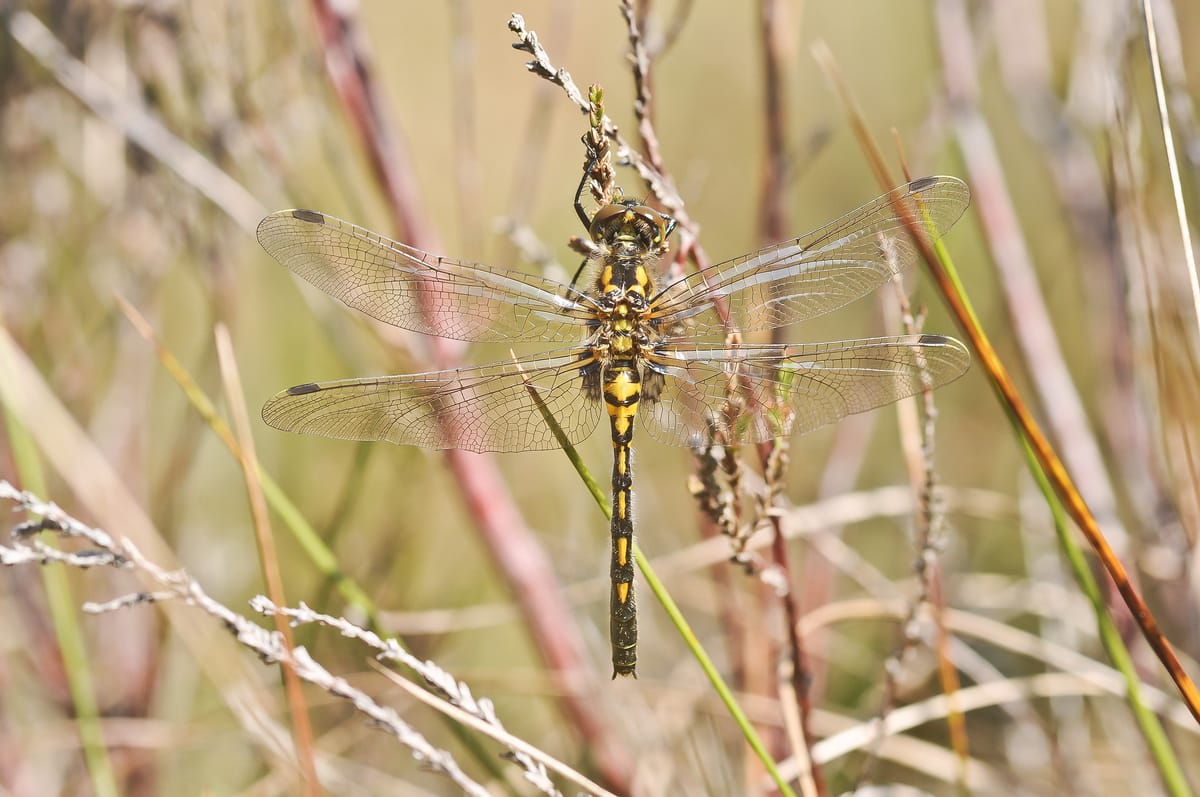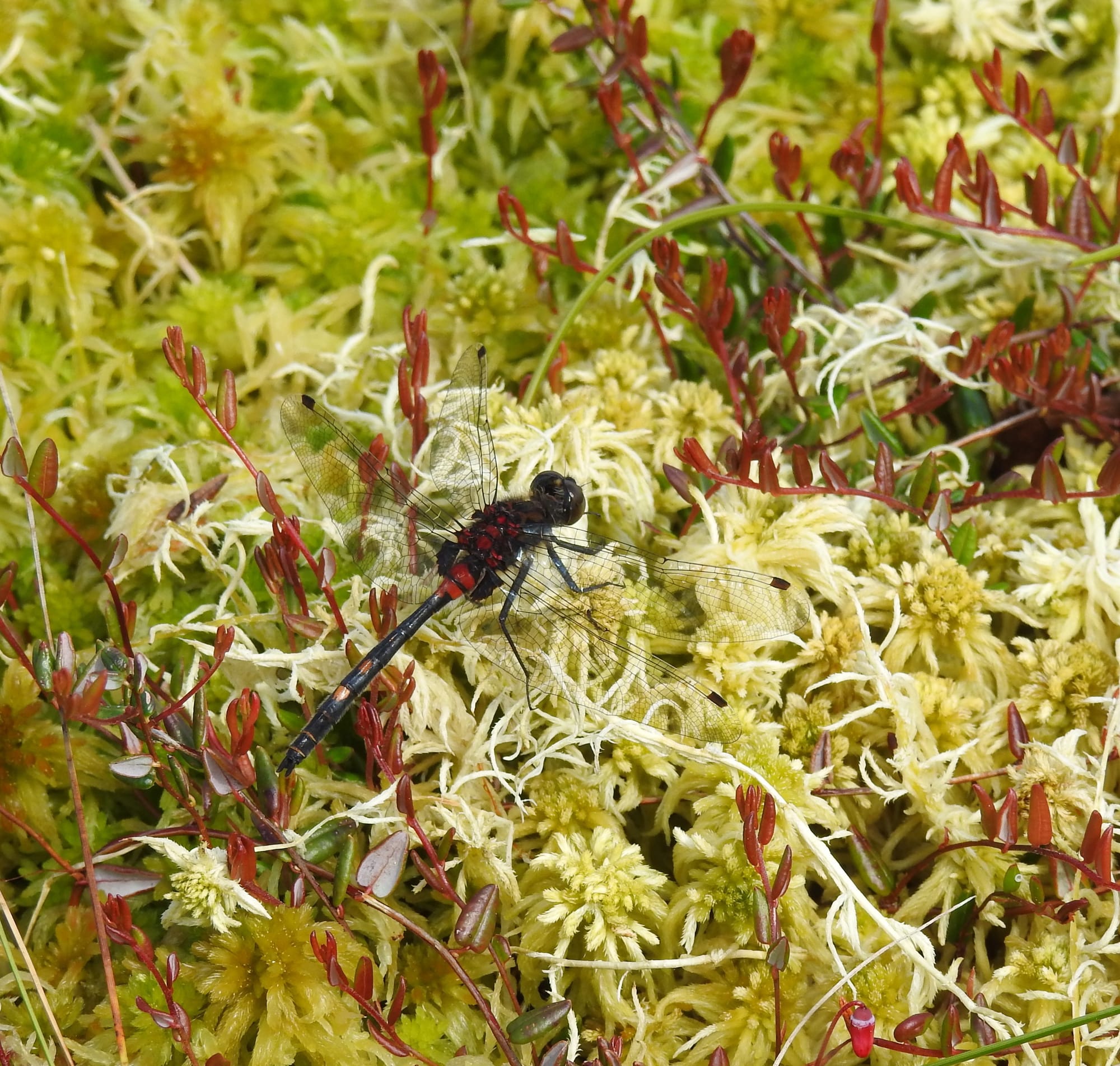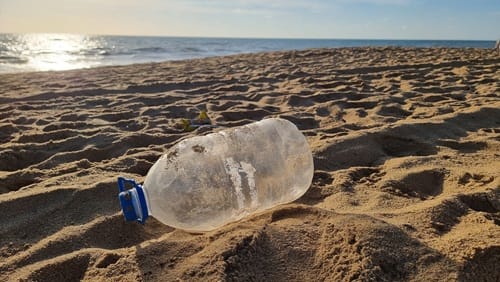Rare Dragonfly Introduced into a Hidden Corner of Cumbria

By Jill Dando News
A rare dragonfly is starting to be introduced to a hidden corner of Cumbria at RSPB Campfield Marsh this week, marking a significant step in conservation efforts for this endangered species.
This initiative aims to increase the biodiversity of invertebrates of the South Solway Mosses National Nature Reserve, an area protected for its national ecological importance.
In an exciting new phase of recent conservation efforts across Cumbria, experts and volunteers from RSPB Campfield Marsh, Natural England, the British Dragonfly Society, and Cumbria Wildlife Trust are stepping up to support this threatened species. It is hoped these efforts will strengthen the species' population and help expand its presence across the region.

As with much of the UK’s wildlife, White-faced Darters have suffered from the destruction of their peatland habitat, drainage and conversion to agriculture, peat cutting and afforestation. The few sites on which they remain are at risk from climate change, in particular drying out of their bog pool breeding sites in increasingly hot, dry summers.
This translocation project will help build resilience into the Cumbrian White-faced Darter population.
The White-faced Darter, named for its distinctive chalk-white face, is a small but striking dragonfly. Males are black with vibrant red-orange markings, while females are black with yellow markings. While they remain fairly widespread in the west of Scotland, their numbers have severely declined in England, where they now only exist in a handful of locations in the Midlands and at Cumbria Wildlife Trust Drumburgh Moss and Foulshaw Moss.

These dragonflies thrive in lowland peatbogs, breeding in acidic pools containing Sphagnum moss at the edges of pools and scrub and woodland habitats provide essential roosting and feeding sites.
Over many years, RSPB Campfield Marsh conservationists have carefully managed the nature reserve to create just the right habitat conditions, paving the way for this ambitious introduction.
Mhairi Maclauchlan, RSPB Cumbria Coastal Reserves Manager, said:“This is an exciting opportunity to boost biodiversity in this beautiful and hidden corner of Cumbria, helping to create a new population of this charming but endangered species. It’s incredibly rewarding to know we have created the right conditions for White-faced Darter, and we’re delighted to carry on the legacy and successes of the other projects in Cumbria.
“By carefully restoring the wetland habitat and ensuring the right balance of Sphagnum-rich pools, we’re hopeful that these dragonflies will establish themselves here. If this year’s translocation is successful, we could see adults emerging next spring and we hope to see this area alive with this species of dragonfly in the coming years.”
With the support of the British Dragonfly Society, Cumbria Wildlife Trust and Natural England, RSPB staff and volunteers will carefully collect small amounts of Sphagnum moss containing dragonfly larvae, transporting it in buckets to where they will continue their life cycle.
This process will be carried out in April and August, continuing for up to five years to ensure a stable population can establish.
Only a small proportion of the overall population will be taken to allow the donor site to continue being successful while feeding into this new project. Local dragonfly experts will also be helping with the surveys to gauge success.
Eleanor Colver, the British Dragonfly Society conservation officer, said: “The White-faced Darter is one of our rarest dragonflies and the BDS is committed to stabilising the British population. Unfortunately, due to habitat loss and climate change, the species cannot be reintroduced to its more southerly historic breeding sites in England. However, the cooler climate of the Solway coast and the healthy peatbog of Campfield Marsh provide perfect conditions for the species to thrive.
“Success will depend on many factors, but with the combined expertise of the RSPB, Cumbria Wildlife Trust, Natural England, and our local BDS volunteers, we are confident this project will be as successful.
“Many of our fastest declining dragonflies are peatland specialists so we hope this project highlights the importance of peatland restoration for these insects, as well as of other at-risk species, such as Curlew”.
Visitors might be lucky enough to spot the White-faced Darter on the wing as early as May 2026. The project is part of wider efforts to enhance the biodiversity of the South Solway Mosses, ensuring that the landscape remains a haven for rare and threatened species.
WATCH VIDEO:
Credit Steve White - supplied RSPB
The RSPB will be taking up the mantle from Cumbria Wildlife Trust who have been running a White-faced Darter translocation project since 2019. They have spent several years moving larvae to their Drumburgh Nature Reserve, North Cumbria where there are currently hundreds of White-faced Darters onsite thanks to their efforts. Prior to Drumburgh, the first successful re-introduction was carried out to Foushaw Moss in the south of Cumbria in the early 2010’s.
In July, RSPB Campfield Marsh will officially become a designated ‘Dragonfly Hotspot’ as chosen by the British Dragonfly Society because of the site and the Solway Mosses importance for dragonflies in the UK, meaning the site will be actively promoted as a key location for dragonfly conservation and public engagement.





